Are You Constantly Tired and Cranky? You May Have the Carb Flu

If you're unfamiliar with the term "carb flu," know that it doesn't mean catching the actual flu virus from a piece of bread, an order of french fries, or a plate of spaghetti. Instead, it refers to the flu-like symptoms that result from cutting all carbohydrates out of your diet: carb withdrawal. We've all been there: In colder weather especially, it's easy to feel bloated, rundown, heavy, and generally ugh. So you make it your mission to go carb-less; you'll be a full-on Atkins convert, right?
Fast-forward a few days, and you start feeling worse than you did at the beginning. You might experience headaches, fatigue, mental fogginess, or muscle aches. Basically, it feels like you've come down with something, even though you haven't. And even though you're eating lots of other carb-empty foods, it seems like you're completely devoid of energy and life. That, my friends, is carb flu. Keep reading to see what two expert nutritionists have to say on the issue, as well as what they recommend to fix it!
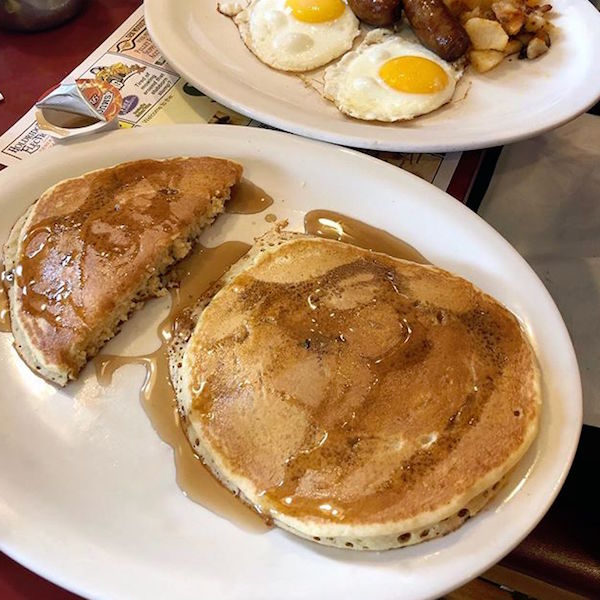
According to nutritionist Isabel Smith, carbs are kind of a double-edged sword. If you eat too many of them, you feel bad, and if you eat too little of them, you also feel bad. "Often, people can feel crummy if they eat no carbs, but that's pretty hard to do if you're trying to eat healthier, as vegetables and fruit contain carbs." Because of this, we health nuts usually still eat a good amount. So if you think you're experiencing carb-flu symptoms, it's possible you might not be eating a well-rounded diet that contains enough fruits and veggies.
Dana James, nutritionist and founder of Food Coach NYC, agrees. "Vegetables are carbohydrates, so if you're cutting those as well, these symptoms are from a lack of magnesium and B vitamins, which are required to create energy," she says. The only way to fix it is, you guessed it, eating more veggies. "Start eating more vegetables. Make the minimum four cups at lunch and dinner. That will give you enough glucose to restore your blood sugar levels which will reverse these symptoms. And add in fruit. Keep it to one cup twice a day."
Smith says she wouldn't necessarily refer to this sluggish condition as carb flu, though "you can feel less energetic for sure if you're someone who eats a lot of carbs and suddenly cuts them out." Instead of going cold turkey on your carb intake, try gradually decreasing it. "Generally switching to better sources of carbs is the way to go, and then cutting back," she says.
Think healthy foods like squash and sweet potato, and be wary of carb-less diet fads. Smith says she doesn't mind eating carbs at all (just not too many of them). "I don't necessarily think people should cut carbs (except on a few certain occasions—body-building and maybe a ketogenic diet!)—but instead swap processed carbs for whole grains, or eat more vegetables that may be starchy because they contain more nutrients."
So let's say you are eating a plethora of fruits and veggies every day, but you stopped eating bread and pastries and refined starches. What then? According to James, "If you're cutting processed carbs, then it can be a short-term withdrawal effect, which reverses quickly." In fact, she says it should be no more than three days of this sluggishness before you feel back to normal. That happens once your body learns to use fat instead of carbs as fuel.
Good for you if this is the track you're set on. James says that vegetables "should be your primary source of carbs. Your body does not need other forms of carbs, but life without them can feel restrictive and austere." So if you do need to have a chunk of bread or a bite of a croissant every now and then (like we do), keep portions small. James recommends a quarter-cup at lunch and dinner for weight loss and three quarters at lunch and dinner for weight maintenance. There's only one caveat. "If you're an intense exerciser," James says, "then you'll need the carbs for fuel, unless you have excess body fat that it can convert to glucose for energy."
Next up, read all about Kayla Itsines's favorite easy lunch recipe!
This story was originally published at an earlier date and has since been updated.
Disclaimer
This article is provided for informational purposes only and is not intended to be used in the place of advice of your physician or other medical professionals. You should always consult with your doctor or healthcare provider first with any health-related questions.

Kaitlyn McLintock is a Beauty Editor at Who What Wear. She has 10 years of experience in the editorial industry, having previously written for other industry-leading publications, like Byrdie, InStyle, The Zoe Report, Bustle, and others. She covers all things beauty and wellness-related, but she has a special passion for creating skincare content (whether that's writing about an innovative in-office treatment, researching the benefits of a certain ingredient, or testing the latest and greatest at-home skin device). Having lived in Los Angeles, California, and Austin, Texas, she has since relocated back to her home state, Michigan. When she's not writing, researching, or testing beauty products, she's working through an ever-growing book collection or swimming in the Great Lakes.
-
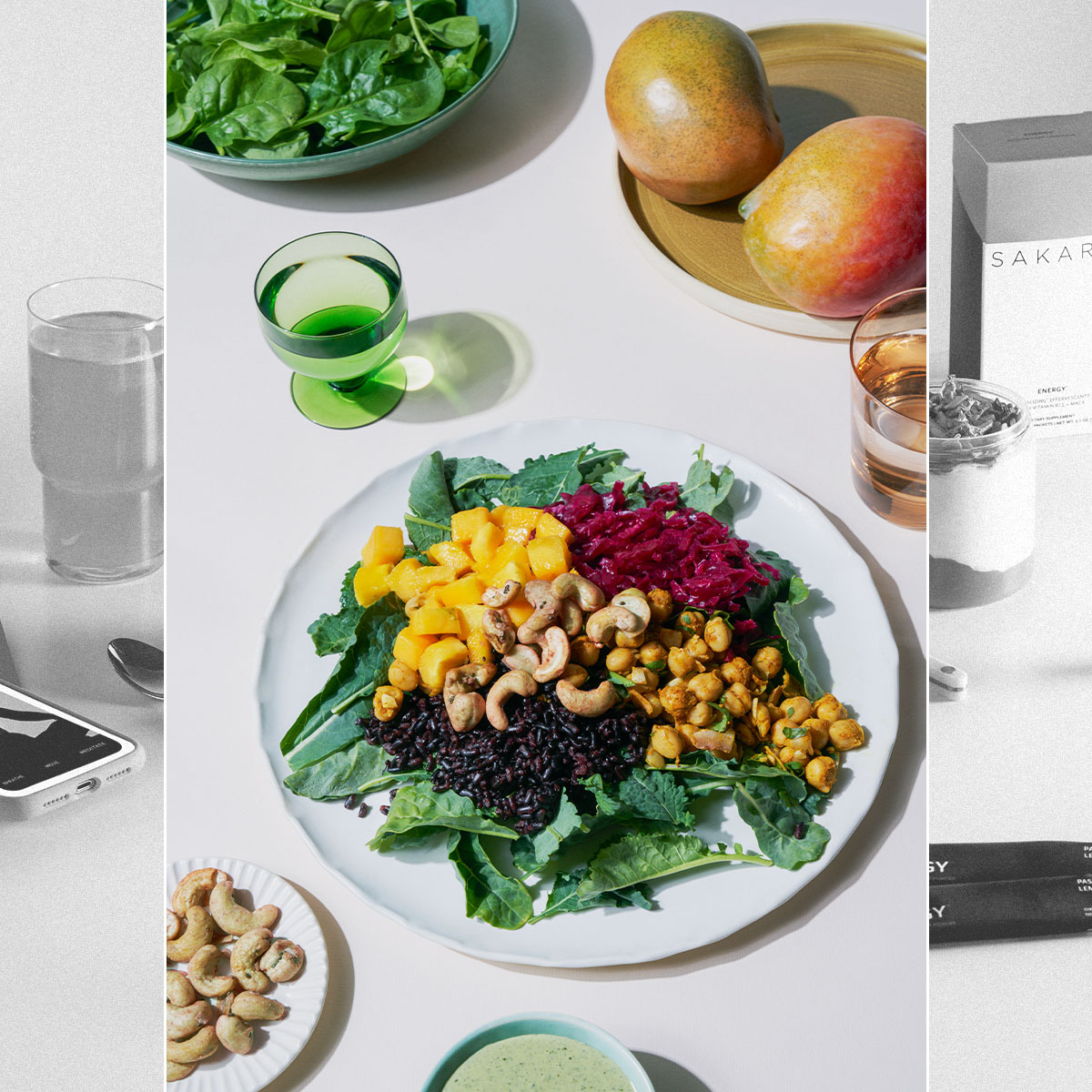 Bella Hadid and Gwyneth Paltrow Apparently Love Sakara Life, so We Tried It for 30 Days
Bella Hadid and Gwyneth Paltrow Apparently Love Sakara Life, so We Tried It for 30 DaysHere are our honest thoughts.
By Erin Jahns
-
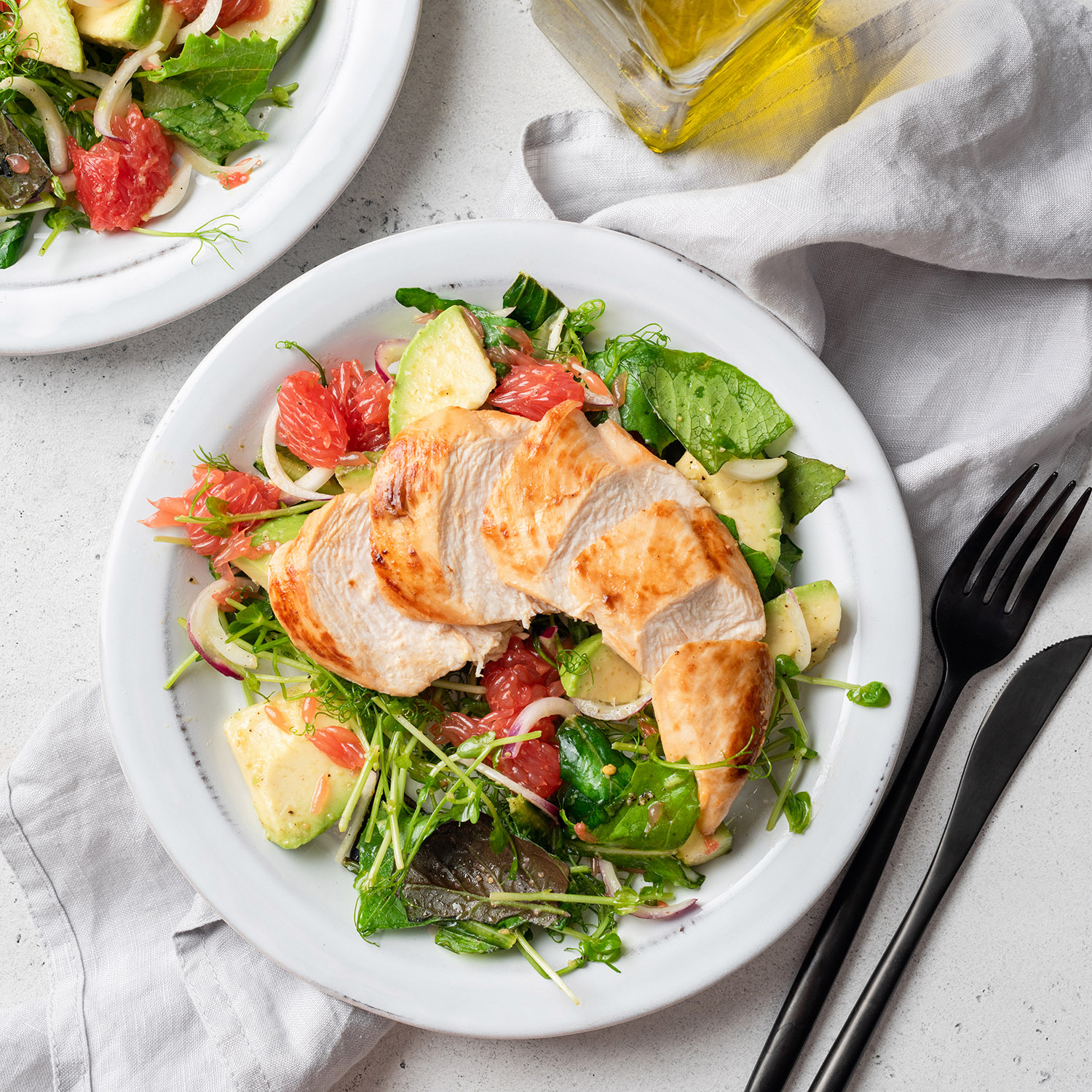 The 6 Warning Signs You're Not Getting Enough Protein
The 6 Warning Signs You're Not Getting Enough ProteinAnd what to eat to up your intake.
By Sarah Yang
-
 Everything This Professional Ballet Dancer Eats to Fuel Her for Performances
Everything This Professional Ballet Dancer Eats to Fuel Her for PerformancesHer grocery staples include high-quality French butter.
By Candice Aman
-
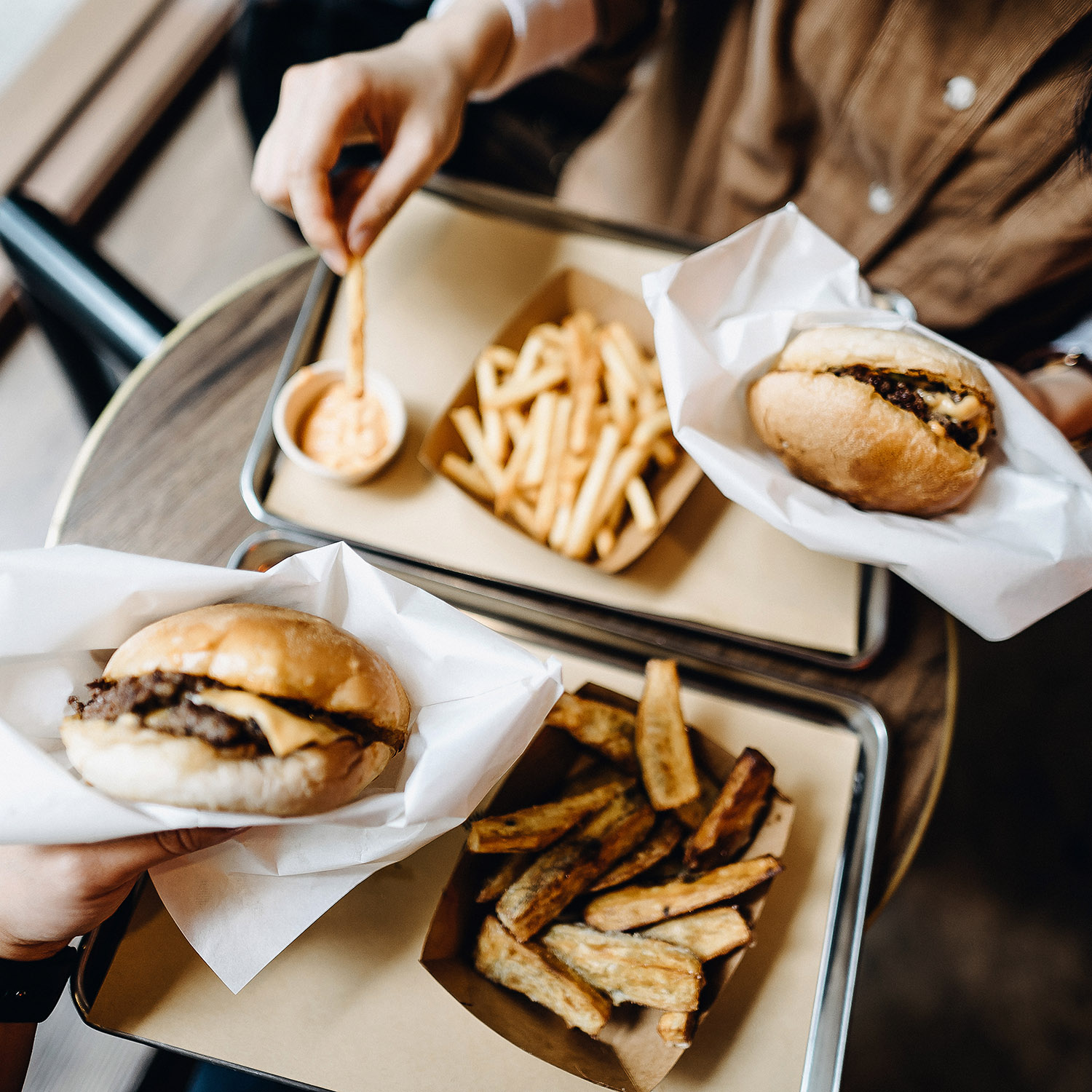 These 8 Foods Are the Worst for Rosacea—Here's What to Eat Instead
These 8 Foods Are the Worst for Rosacea—Here's What to Eat InsteadControl those flare-ups.
By Sarah Yang
-
 15 Things That Cause Bloating and How to Get Rid of It ASAP
15 Things That Cause Bloating and How to Get Rid of It ASAPTry these.
By Sarah Yang
-
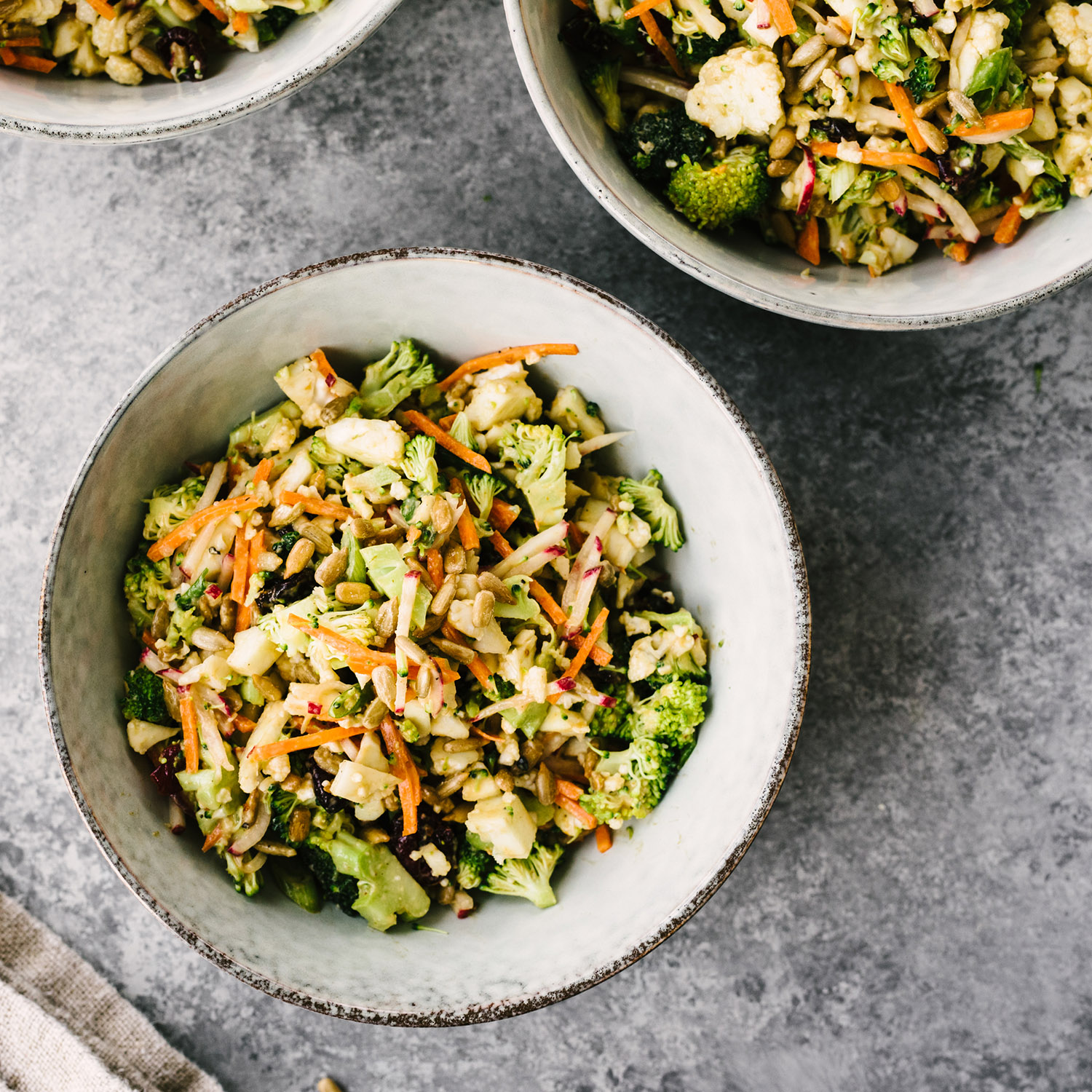 Is the Alkaline Diet Overhyped? What Experts Want You to Know
Is the Alkaline Diet Overhyped? What Experts Want You to KnowHere's how it works.
By Sarah Yang
-
 I'm an Imperfect Dietitian and My Key to Eating Healthy Meals Is Convenience
I'm an Imperfect Dietitian and My Key to Eating Healthy Meals Is ConvenienceTake a peek at my weekly grocery staples.
By Candice Aman
-
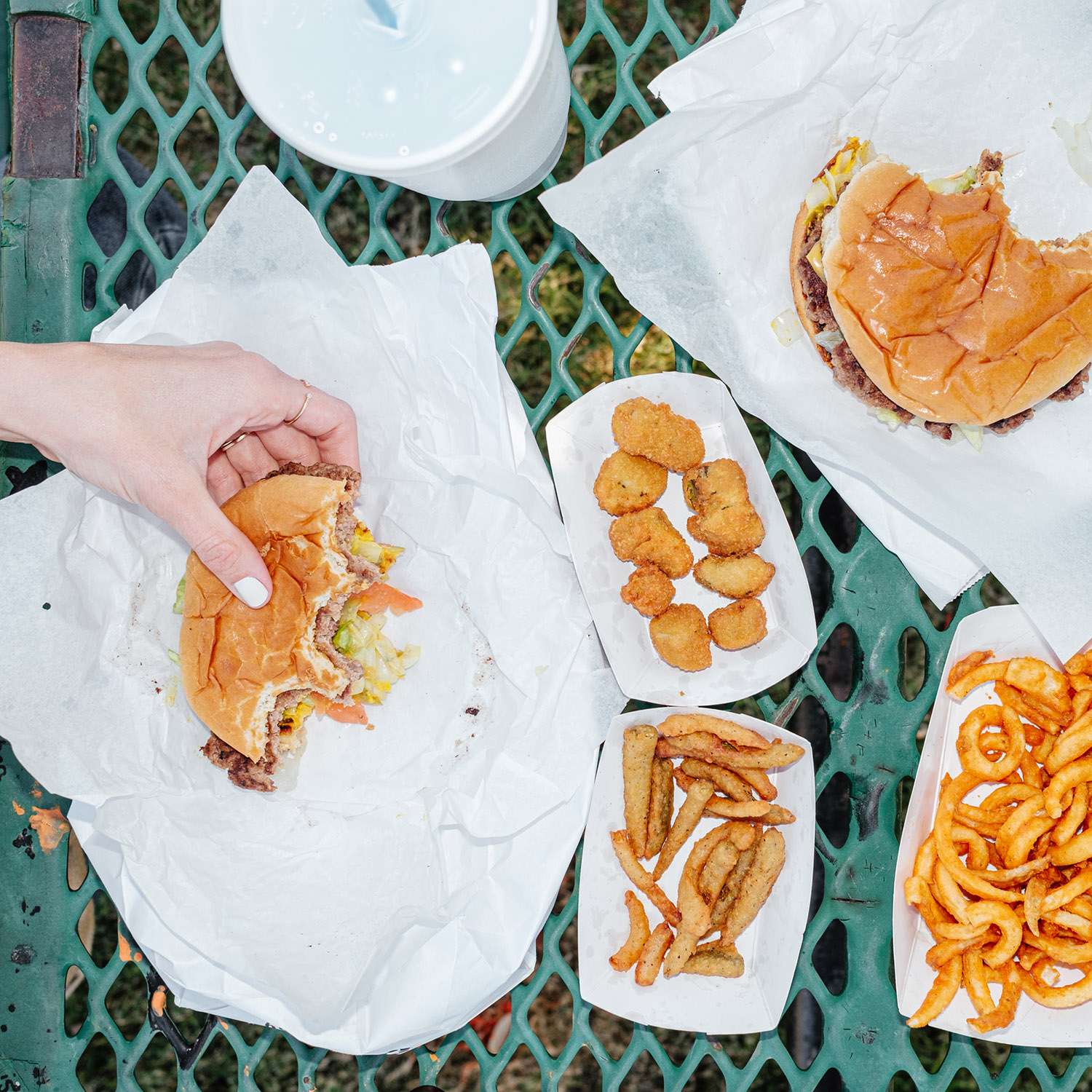 Avoid These 6 Foods—They'll Wreck Your Gut Health
Avoid These 6 Foods—They'll Wreck Your Gut HealthWhat to eat instead.
By Sarah Yang


